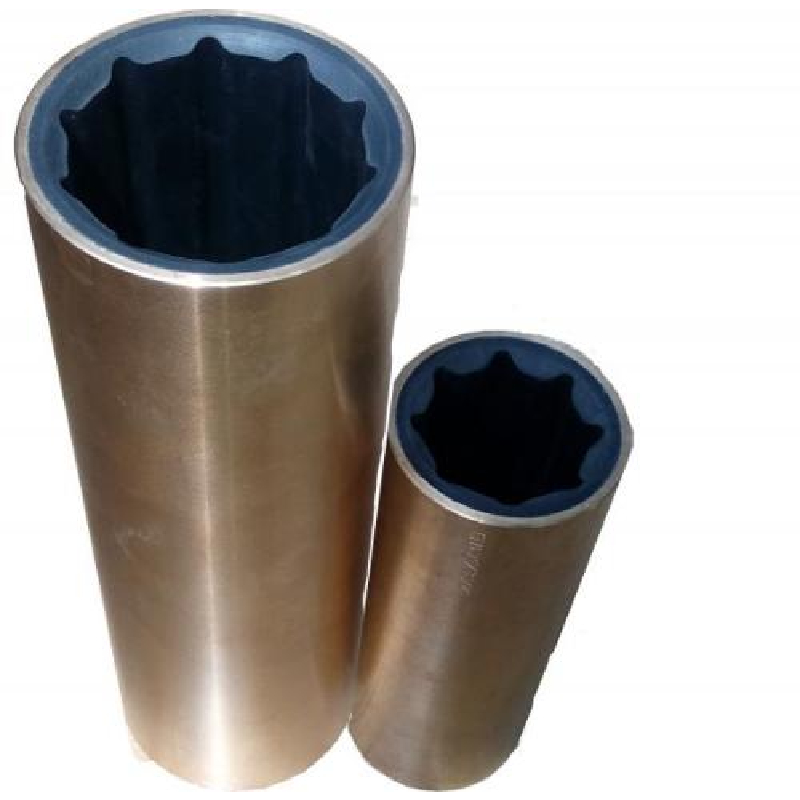auto oil seals
Understanding Auto Oil Seals Their Importance and Functionality
Auto oil seals, though often overlooked, play a crucial role in the proper functioning of vehicles. These seemingly simple components are vital for maintaining the integrity of the automotive system, ensuring the longevity and efficiency of engines and various other systems. Let's delve into what auto oil seals are, their purposes, types, and why they are essential in the automotive industry.
What Are Auto Oil Seals?
Auto oil seals are mechanical components designed to prevent the leakage of oil and other fluids within a vehicle. They function as barriers that seal the gaps between rotating shafts and stationary parts, effectively keeping lubrication fluids contained within designated areas. Typically made from rubber or plastic, these seals are engineered to withstand harsh operating conditions, including heat, pressure, and chemical exposure.
The Importance of Oil Seals
Oil seals serve multiple functions that are critical for vehicle operation
1. Fluid Retention The primary function of oil seals is to contain lubricants, preventing oil from leaking out of the engine and other critical systems. This retention is essential for maintaining the lubrication necessary for smooth operation and reducing friction between mechanical parts.
2. Prevent Contamination By sealing the gaps, oil seals also prevent dust, dirt, and other contaminants from entering the lubrication system. Contaminated oil can lead to significant engine wear and damage, making effective sealing all the more important.
3. Pressure Regulation Oil seals help maintain appropriate pressure within various systems, ensuring that components function optimally under various operating conditions.
4. Safety Leaking oil can lead to dangerous situations, such as fire hazards or loss of vehicle control due to insufficient lubrication. Therefore, quality oil seals contribute to the overall safety of a vehicle.
Types of Auto Oil Seals
auto oil seals

There are several types of oil seals, each designed for specific applications. Common types include
1. Rotary Lip Seals These seals consist of an outer casing that is installed into a bore and a flexible lip that presses against a rotating shaft. They are widely used in engines, transmissions, and differentials.
2. Static Seals Unlike rotary lip seals, static seals are meant to seal stationary components. They are commonly used in areas where no movement occurs, such as between two engine halves.
3. Quad-Ring Seals Featuring a unique four-lobed design, quad-ring seals provide an effective sealing solution for dynamic and static applications. They are known for their durability and are often used in high-pressure environments.
4. O-Rings One of the simplest forms of a seal, O-rings are circular cross-sectioned elastomeric seals used to create a tight seal in various automotive applications.
Maintenance and Replacement
Given the essential functions of oil seals, regular maintenance checks are critical. Over time, oil seals can wear out due to heat, pressure, and exposure to various chemicals. Signs of failing oil seals include visible oil leaks, decreased oil levels, and increased engine noise due to insufficient lubrication.
Replacing worn-out oil seals promptly can prevent more severe issues, such as extensive engine damage or costly repairs. Vehicle owners are encouraged to consult with a qualified mechanic if they suspect seal deterioration to ensure their vehicle remains safe and efficient.
Conclusion
Auto oil seals are more than just simple gaskets; they are integral components that ensure the performance and safety of vehicles. Their role in fluid retention, contamination prevention, pressure regulation, and overall safety cannot be overstated. Understanding the importance of these seals and maintaining them can lead to improved vehicle reliability, performance, and ultimately, a longer lifespan for the vehicle itself. Regular inspections and timely replacements of oil seals are essential practices for every vehicle owner, ensuring that their automotive systems function smoothly and efficiently.
-
Simplifying Oil Changes: A Comprehensive Guide to Oil Drain Plugs and Their Variants
News Aug.04,2025
-
Mastering Oil Drain Maintenance: Solutions for Stripped, Worn, and Upgraded Oil Plugs
News Aug.04,2025
-
Fixing Oil Pan Plug Issues: Leaks, Stripped Nuts, and the Right Replacement Solutions
News Aug.04,2025
-
Everything You Need to Know About Oil Drain Plugs: Sizes, Fixes, and Upgrades
News Aug.04,2025
-
Choosing the Right Oil Drain Plug: A Guide to Sizes, Materials, and Drain Innovations
News Aug.04,2025
-
A Complete Guide to Automotive Drain Plugs: Types, Problems, and Innovative Solutions
News Aug.04,2025
-
The Ultimate Guide to Car Repair Kits: Tools and Essentials Every Driver Should Own
News Aug.01,2025
Products categories















